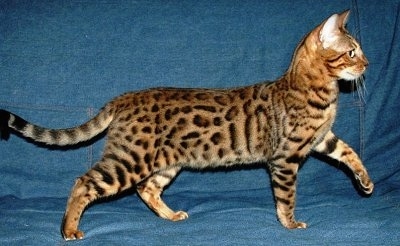The Cat House on the Kings is California's largest no-kill no-cage animal shelter. Located just outside of Fresno in the town of Parlier, the organization provides a solid example of a different way of caring for cats. Along with prepping cats for adoption like many other facilities, the Cat House provides a home for
unadoptable cats: those that are too old, sick, or wild to live happily in a human home. Since its founding in 1992, the Cat House has rescued over 18,000 cats and 5,000 dogs and
spayed and neutered over 40,000.
The concept of the shelter is a simple: fence in a large, safe area full of food, water, medical care facilities, and opportunities for shelter, and allow the animals to roam as they please. The 12-acre lot has a main house, visitor's center, and caged ward for kittens and animals undergoing medical care. Inside each building are lots of furniture, climbing structures, and soft places to sleep and play, along with plenty of cat doors to allow the animals to come in and out as they please. Cats can play inside, outside, climb trees, find shelter, play with others, or wander off on their own. The animals here seem truly happy and are much more full of energy and curiosity than most animals found in shelters. The Cat House on the Kings provides a wonderful sanctuary for abandoned cats, as well as an alternative solution for loving owners who can no longer keep their animals. Cat owners can
surrender their feline for a fee, ensuring that he or she will be safe, cared for, and happy.
 |
| Cats roam free at the Cat House on the Kings. |











